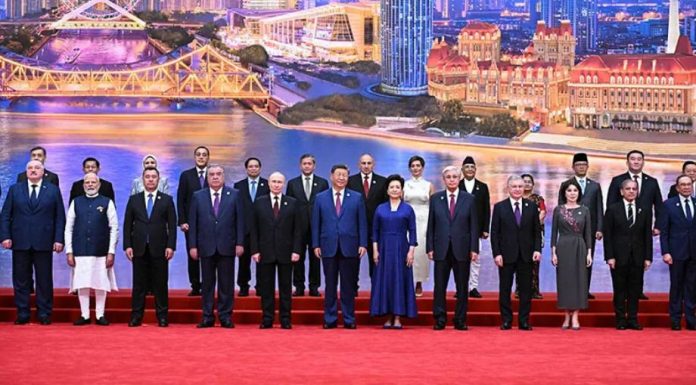The summit resulted in the signing of over twenty documents, with the Tianjin Declaration serving as the central political outcome. A major achievement was the approval of a Development Strategy for 2026–2035, which outlines the long-term priorities for the SCO’s growth over the next decade. This new strategy is a testament to the organization’s commitment to adapting to changing global circumstances.
Economically, a pivotal decision was made to establish an SCO Development Bank, a proposal that had been under discussion for a decade. This bank is aimed at boosting infrastructure development and economic progress among member states, and it is seen as a way to create another multilateral platform in the Eurasian region. Additionally, a Roadmap for SCO Energy Cooperation until 2030 was approved, which is particularly significant given that the organization includes major energy producers (Russia, Iran, Kazakhstan) and consumers (China, India).
In terms of institutional reform, a major breakthrough was the decision to merge observer states and dialogue partners into a single category of SCO partners to improve efficiency. Laos was granted partner status, expanding the SCO to a 27-nation family.
Security remains a core focus for the SCO. The Tianjin Declaration strongly condemned the April 2025 Pahalgam terror attack in India, which killed 26 people, as well as other terror incidents in Pakistan. The declaration called for a united and uncompromising approach against terrorism, separatism, and extremism, and stressed that there can be no double standards in the fight against terror. To enhance security cooperation, four new SCO centers were inaugurated to counter security threats, cyber threats, drug trafficking, and transnational organized crime.
Pakistani Prime Minister Shehbaz Sharif used the platform to highlight the issues of Kashmir and Balochistan, even in the presence of his Indian counterpart. While the SCO’s charter does not allow for the discussion of bilateral disputes, Sharif’s move underscored Pakistan’s perspective that a lasting resolution to the Kashmir issue is essential for regional peace.
The summit also provided a critical opportunity for a diplomatic reset between India and China. Indian Prime Minister Narendra Modi and Chinese President Xi Jinping held a bilateral meeting—Modi’s first visit to China in seven years. Both leaders agreed to work towards a “fair” solution to the border issue and emphasized that their two nations should be seen as “development partners and not rivals.” They committed to expanding bilateral trade and investment while also addressing the significant trade deficit. The meeting signals a shift towards a more pragmatic engagement model, with both countries seeking to enhance mutual trust and cooperation while managing their differences.
As a new full member of the SCO, Iran played an important role in the summit. The Tianjin Declaration saw India join other members in strongly condemning the military strikes by Israel and the U.S. on Iran, a significant shift in India’s position. This demonstrates the growing influence of the SCO as a platform for its members to express a collective stance on geopolitical issues.
The summit’s outcomes collectively signal a move towards a more multipolar world order, where countries in the Global South are taking on a more prominent role in shaping global governance. The SCO’s focus on economic cooperation, institutional reform, and regional security reflects a growing desire among its members to create a more just and balanced international system.

















